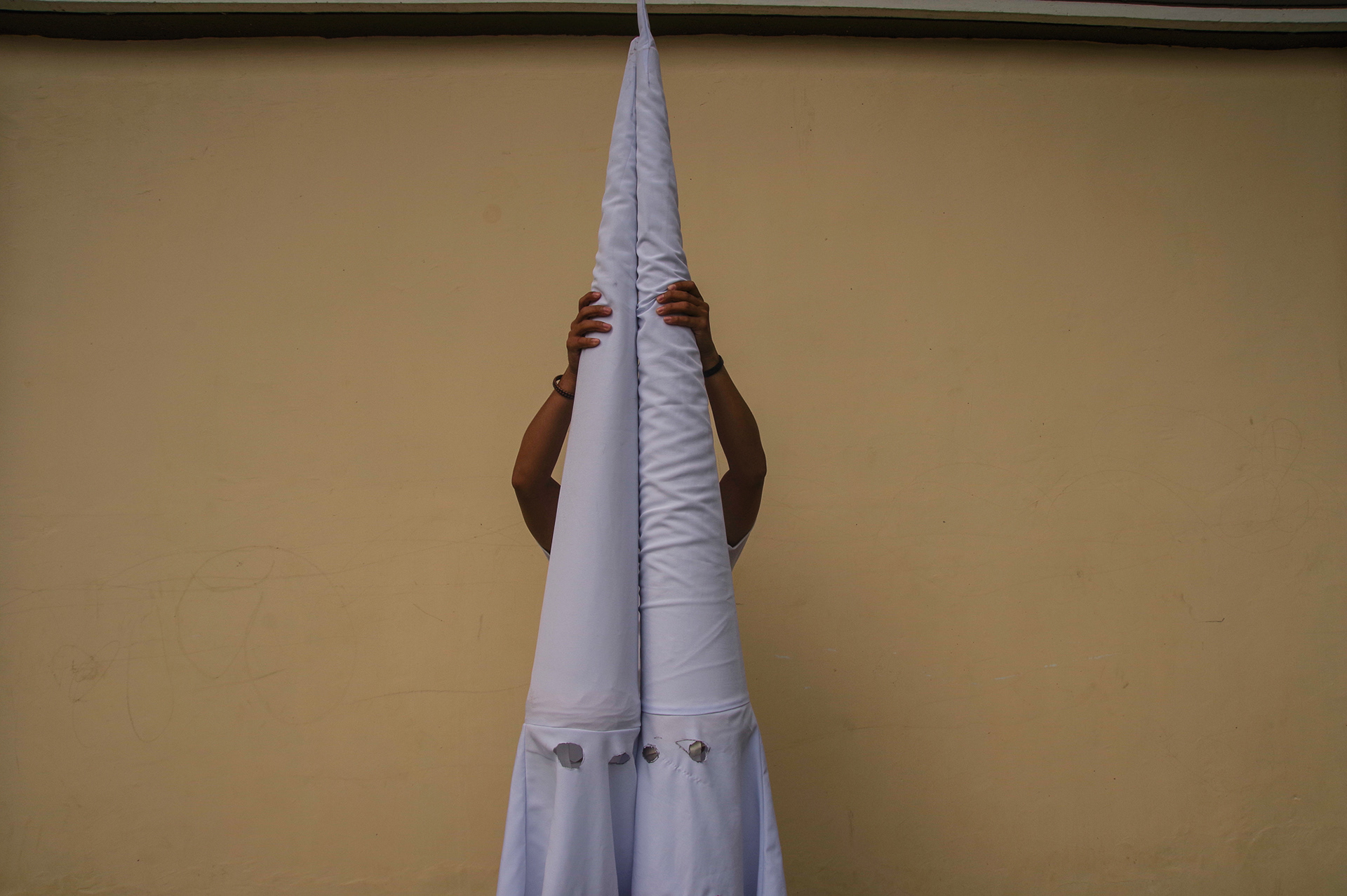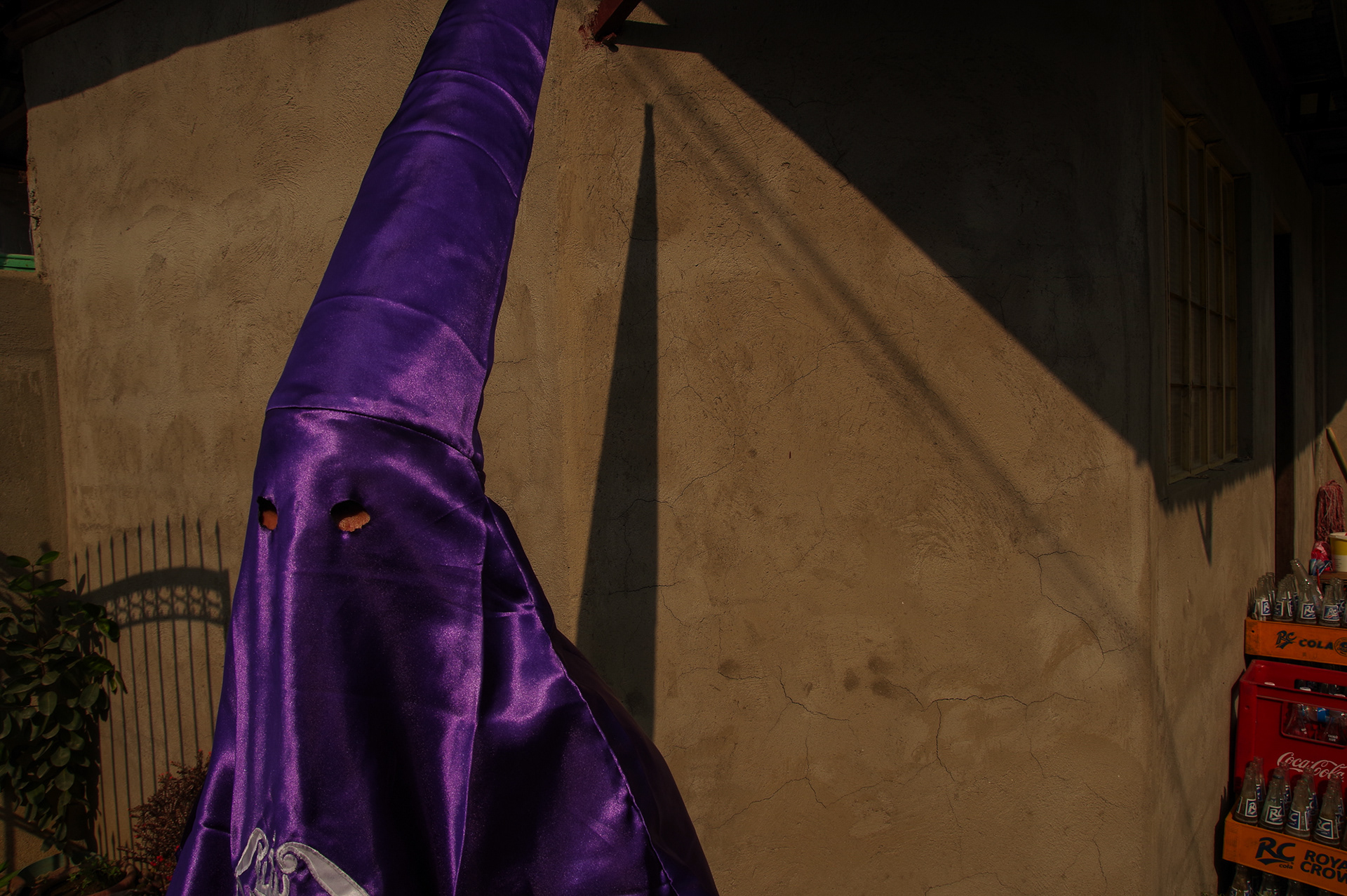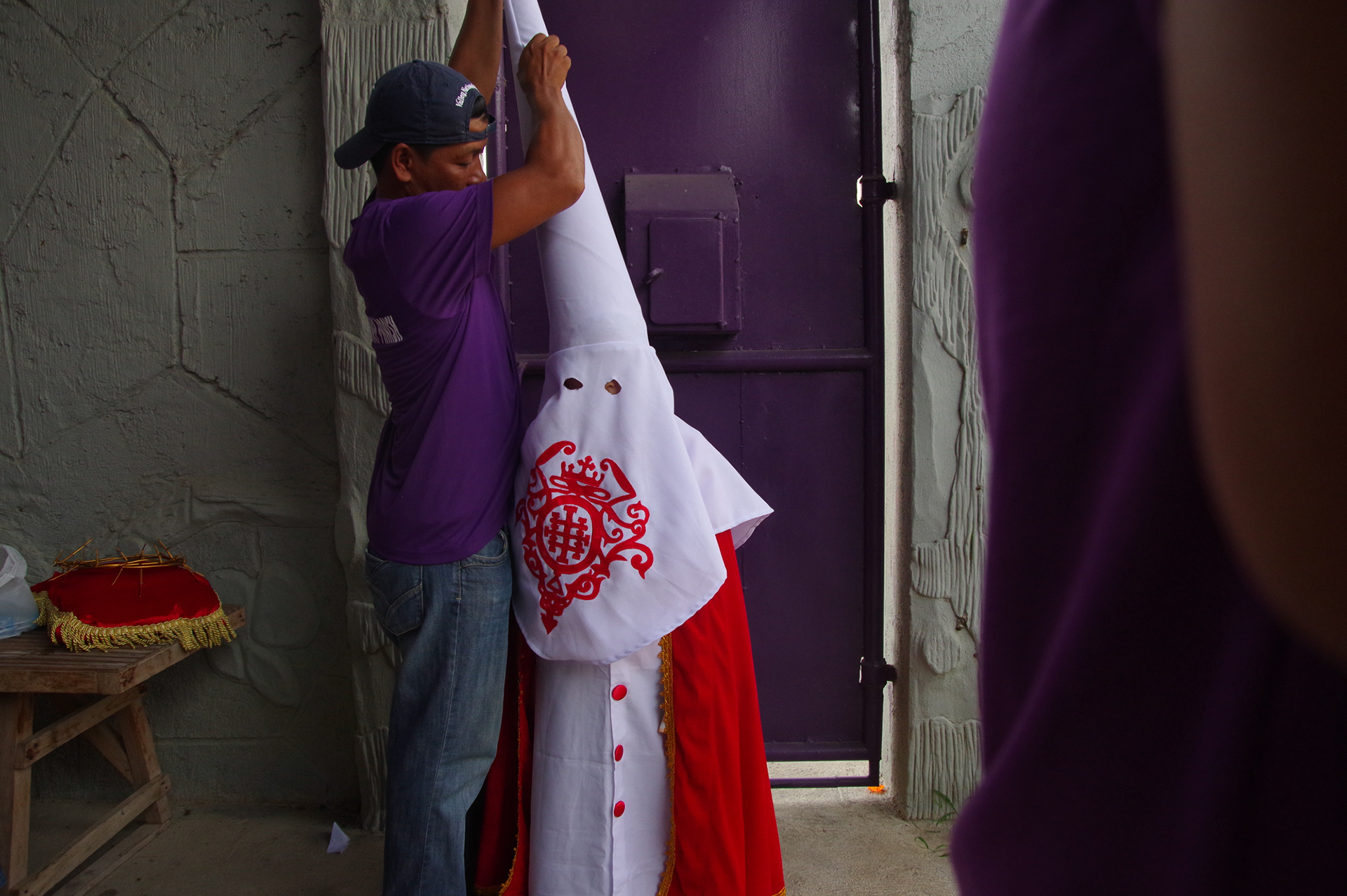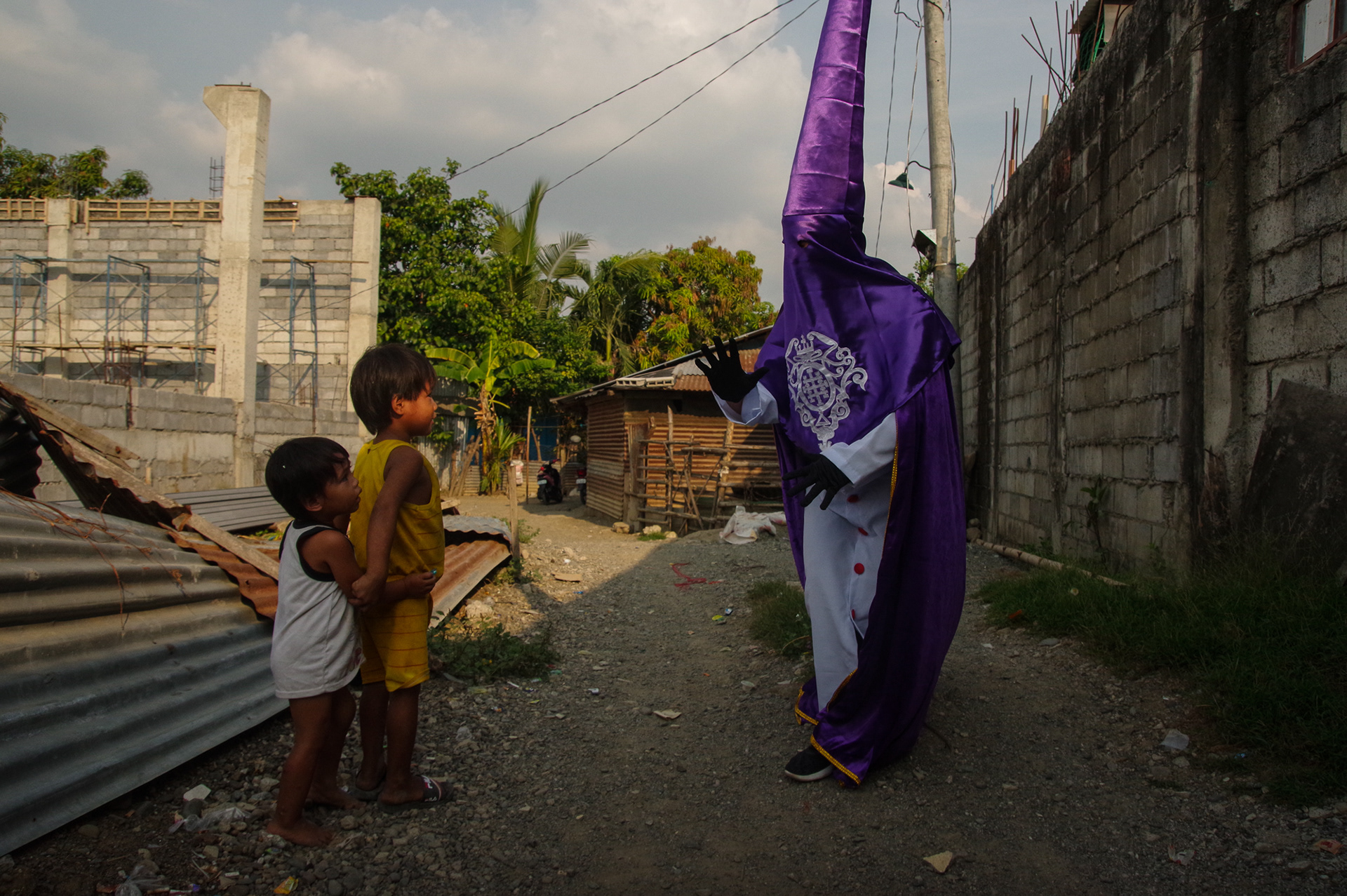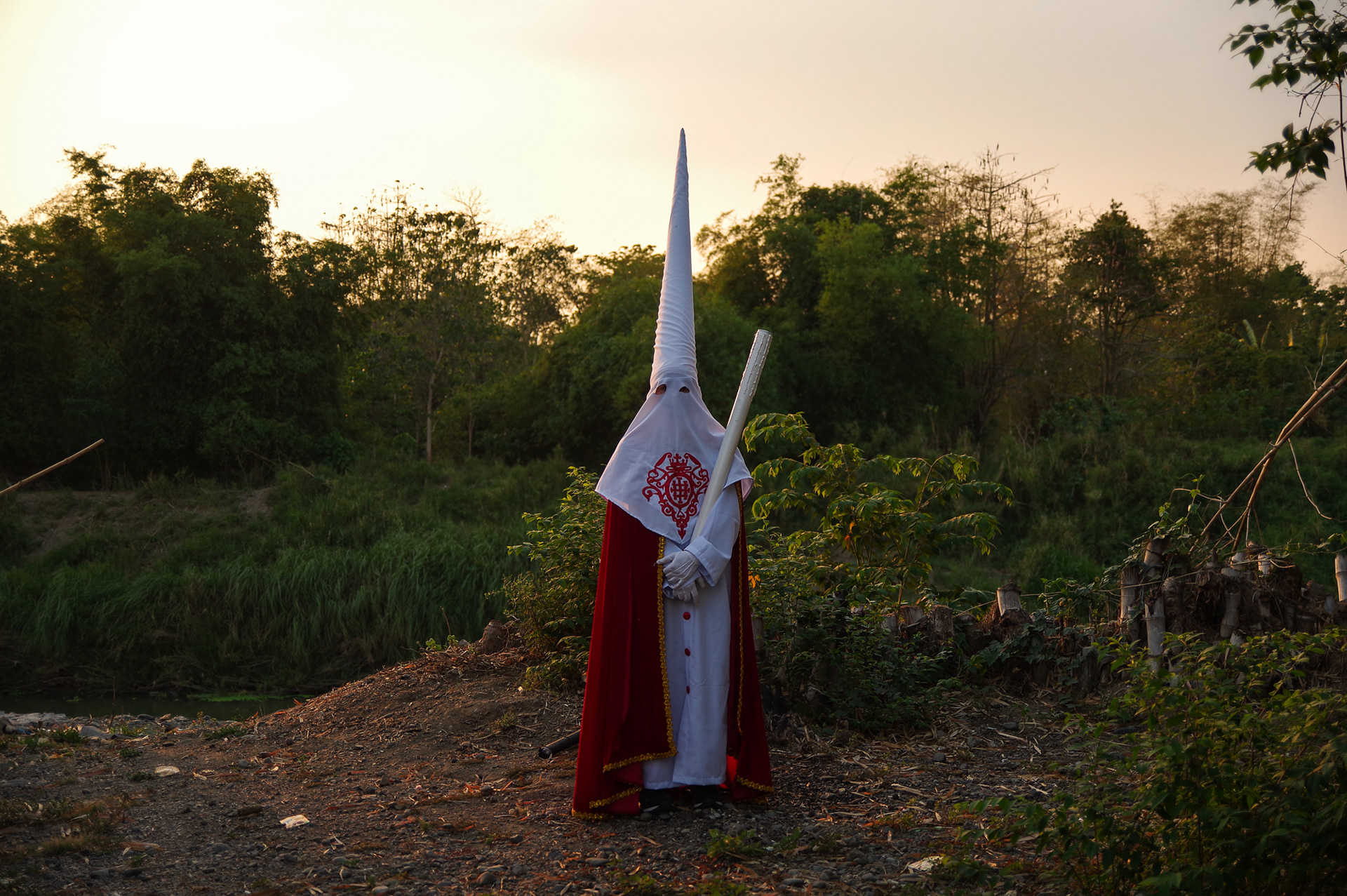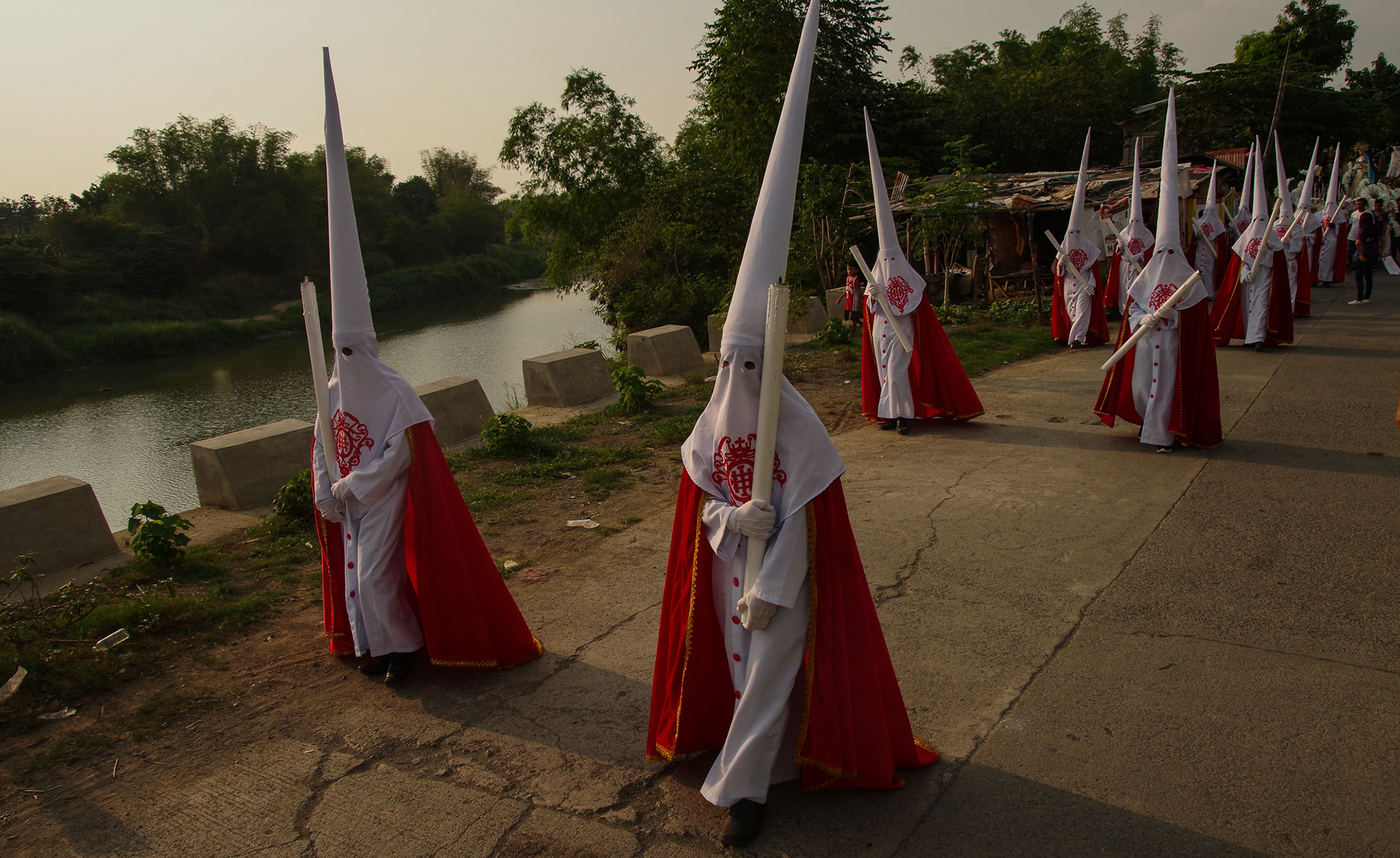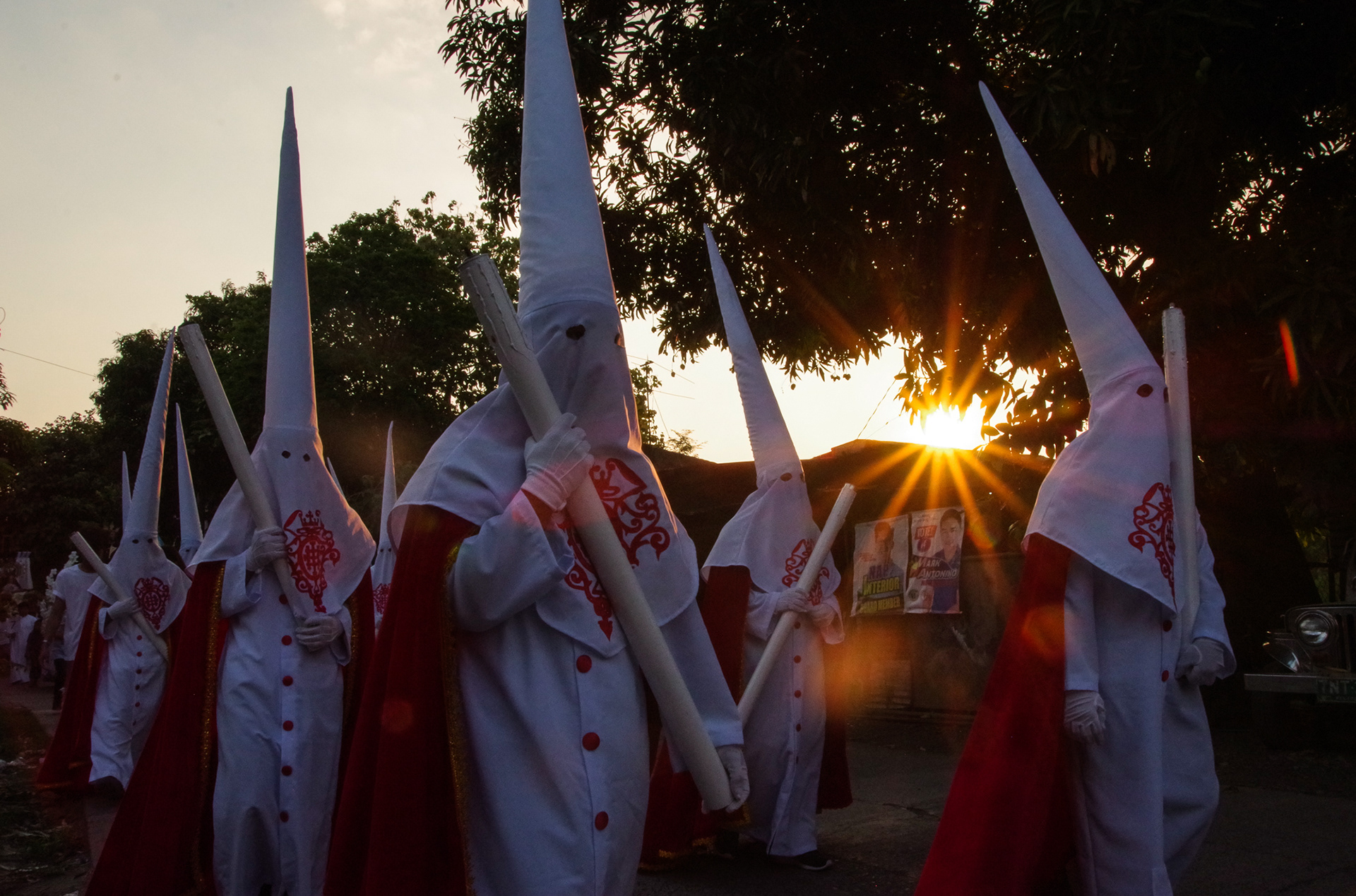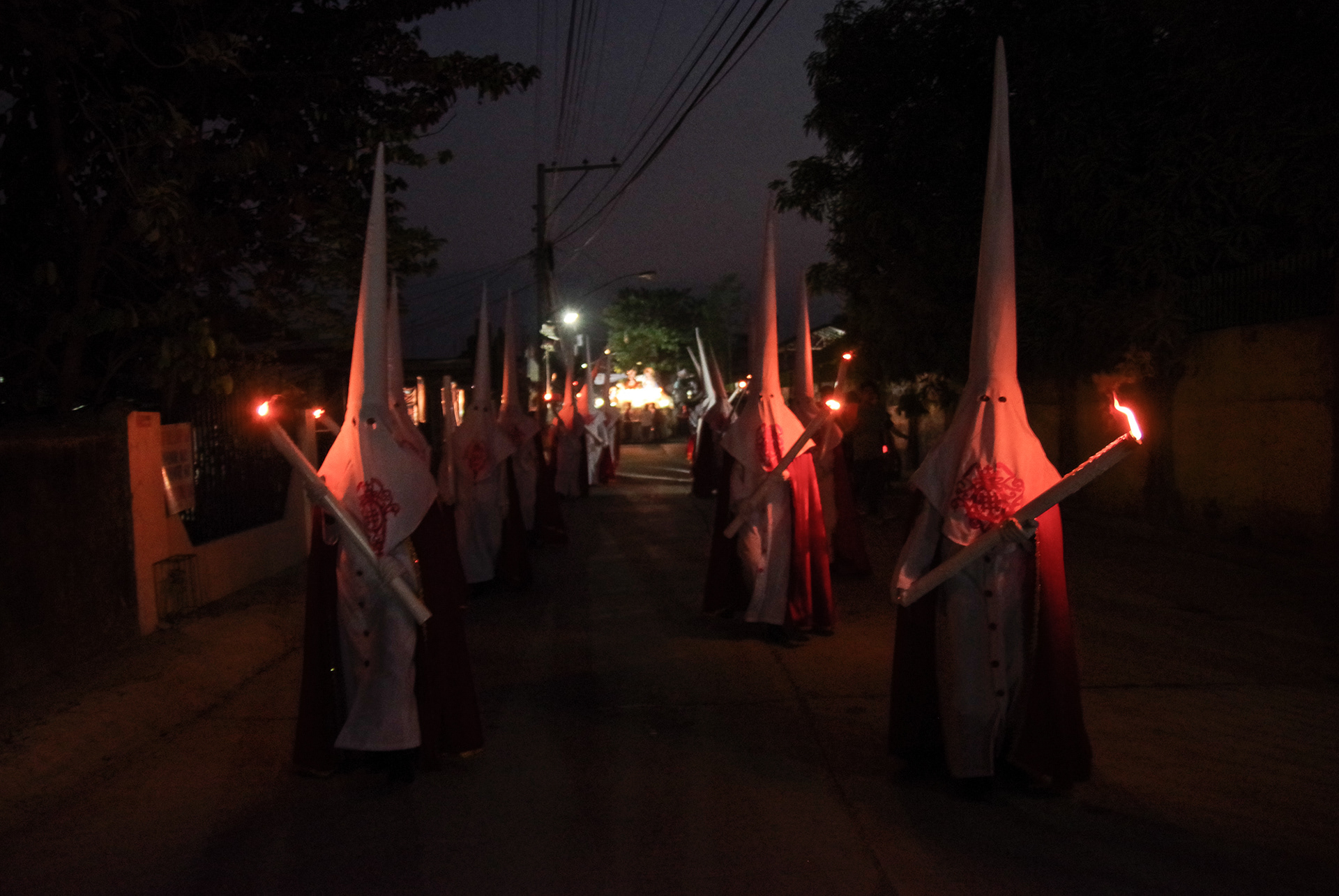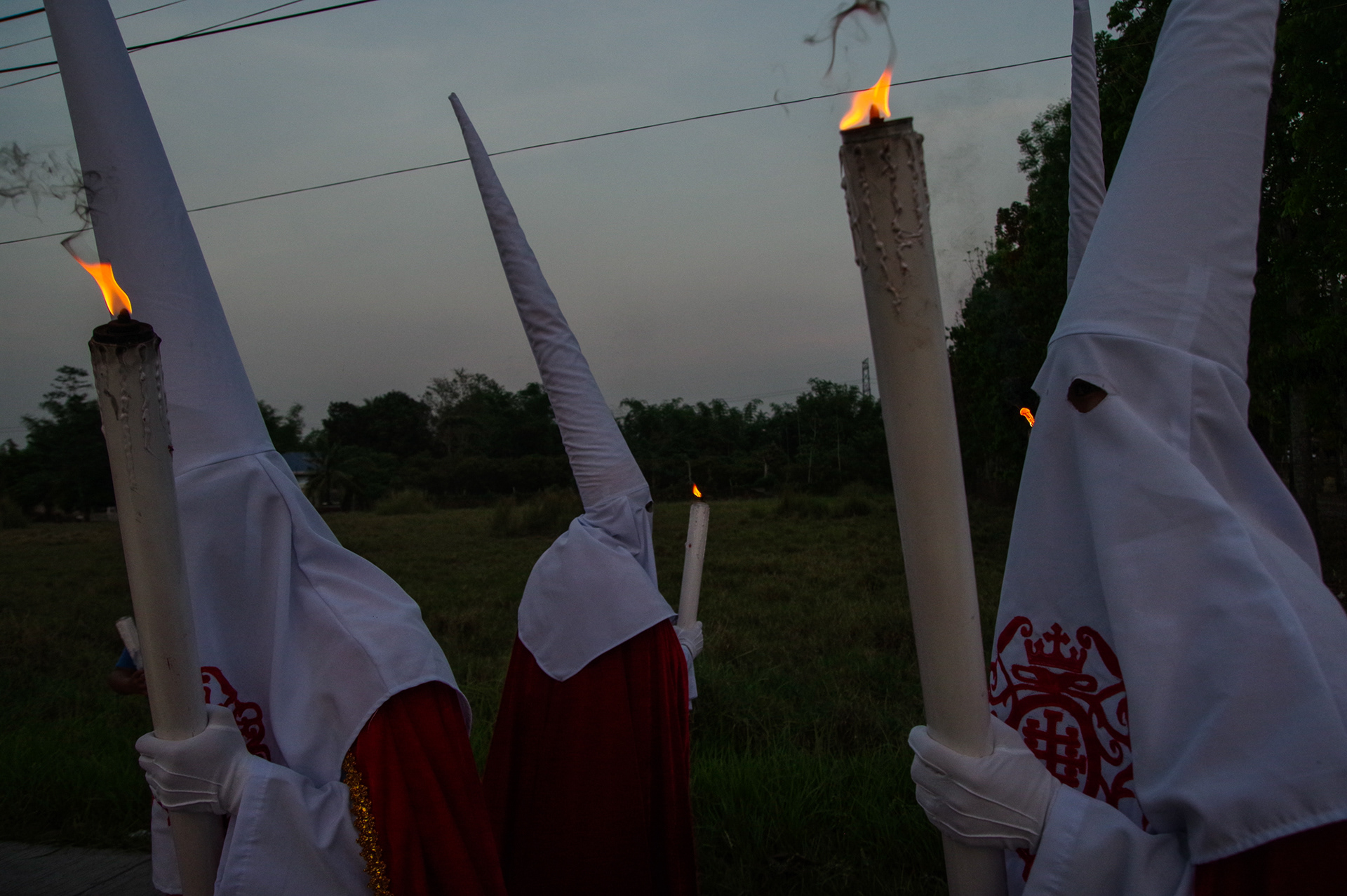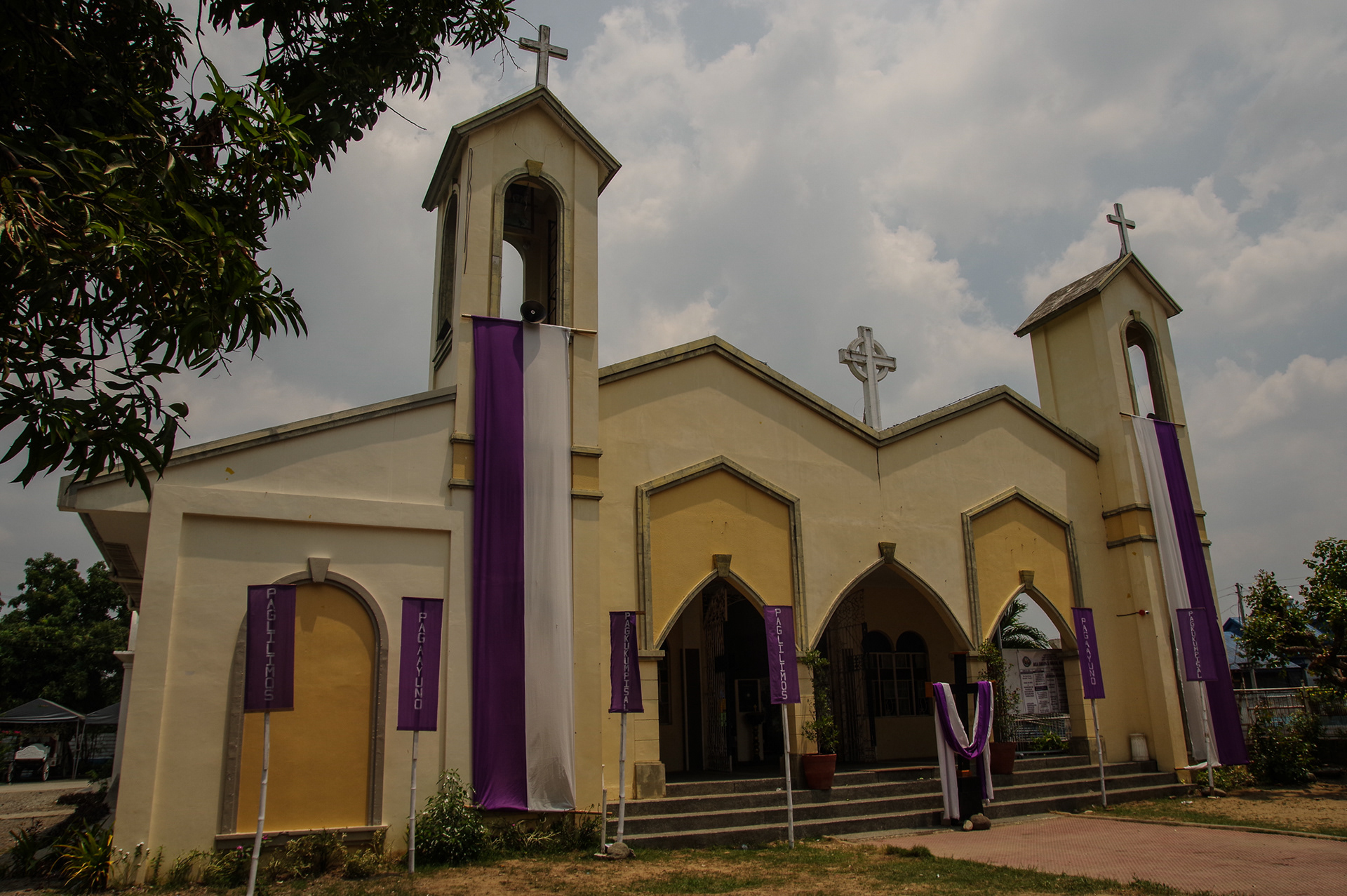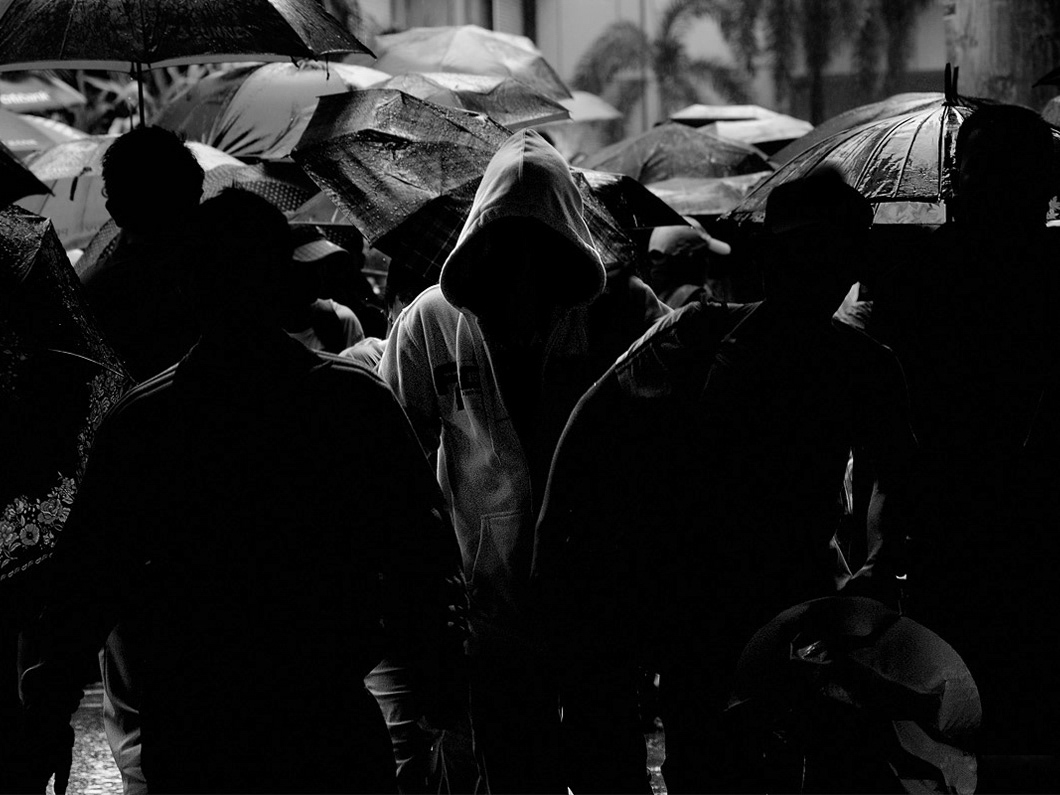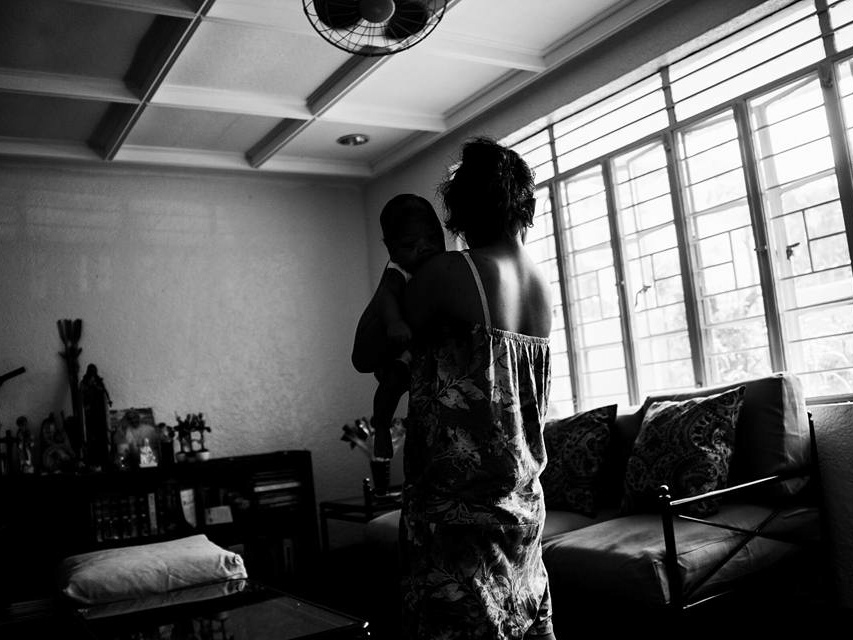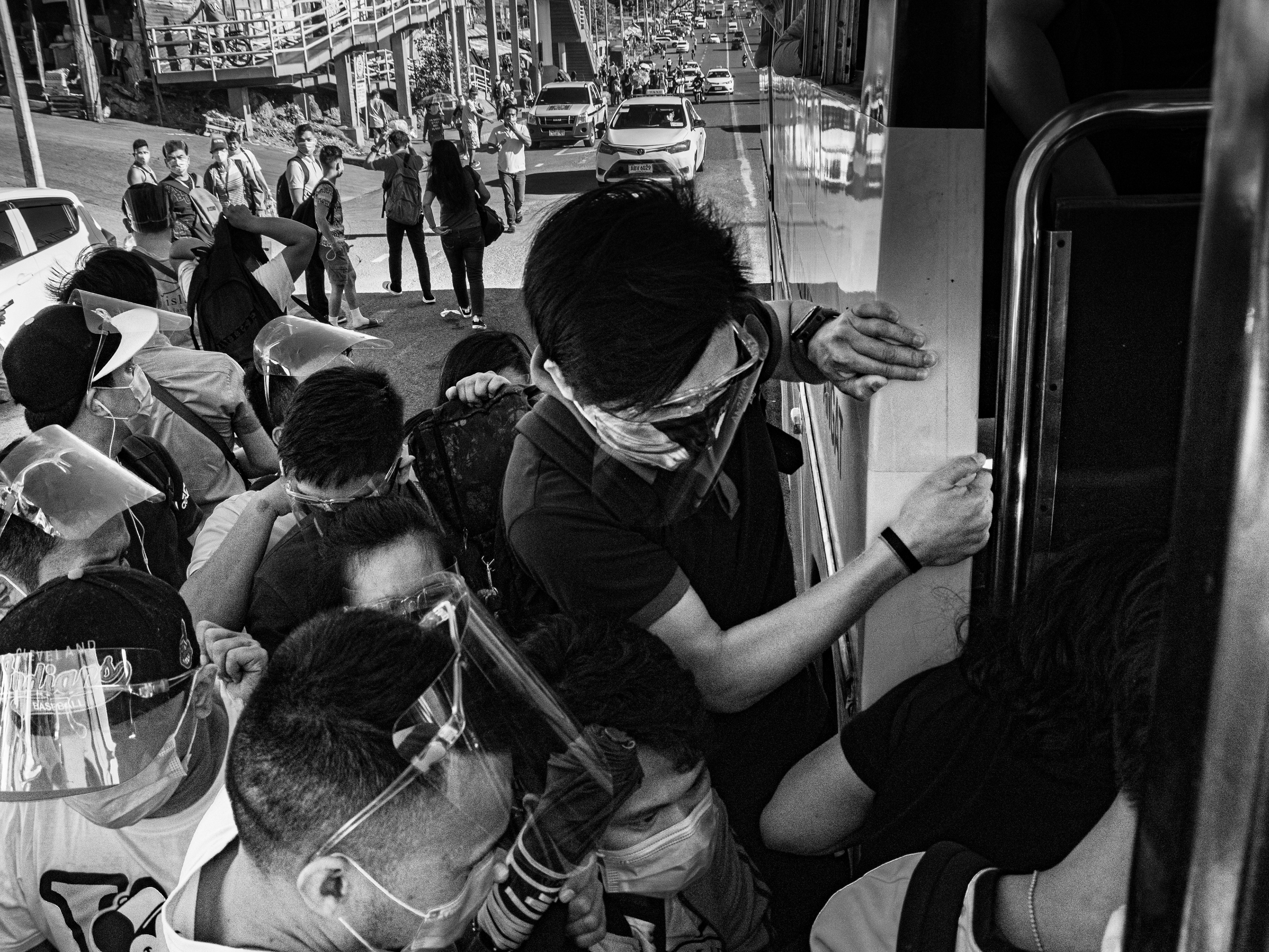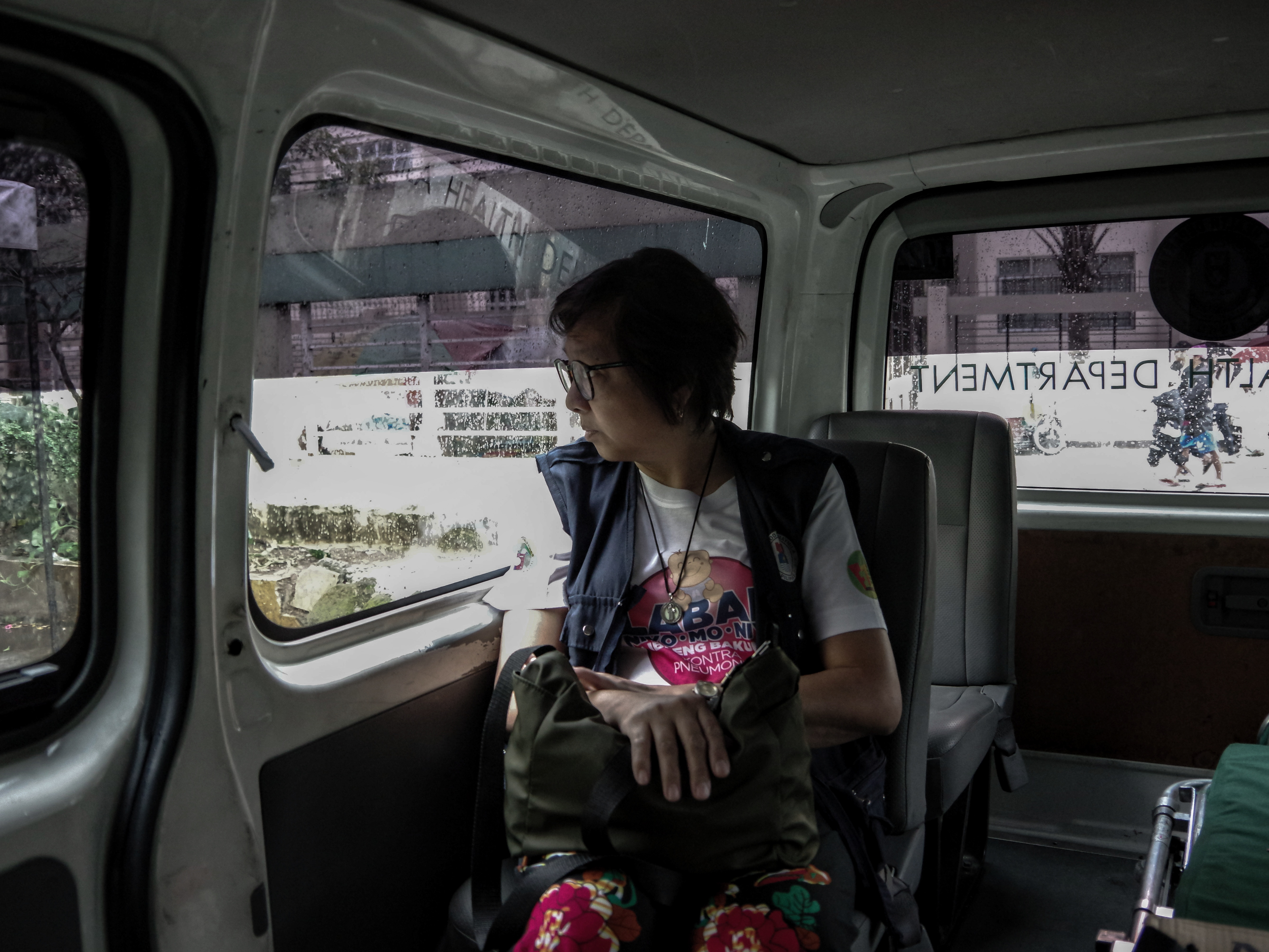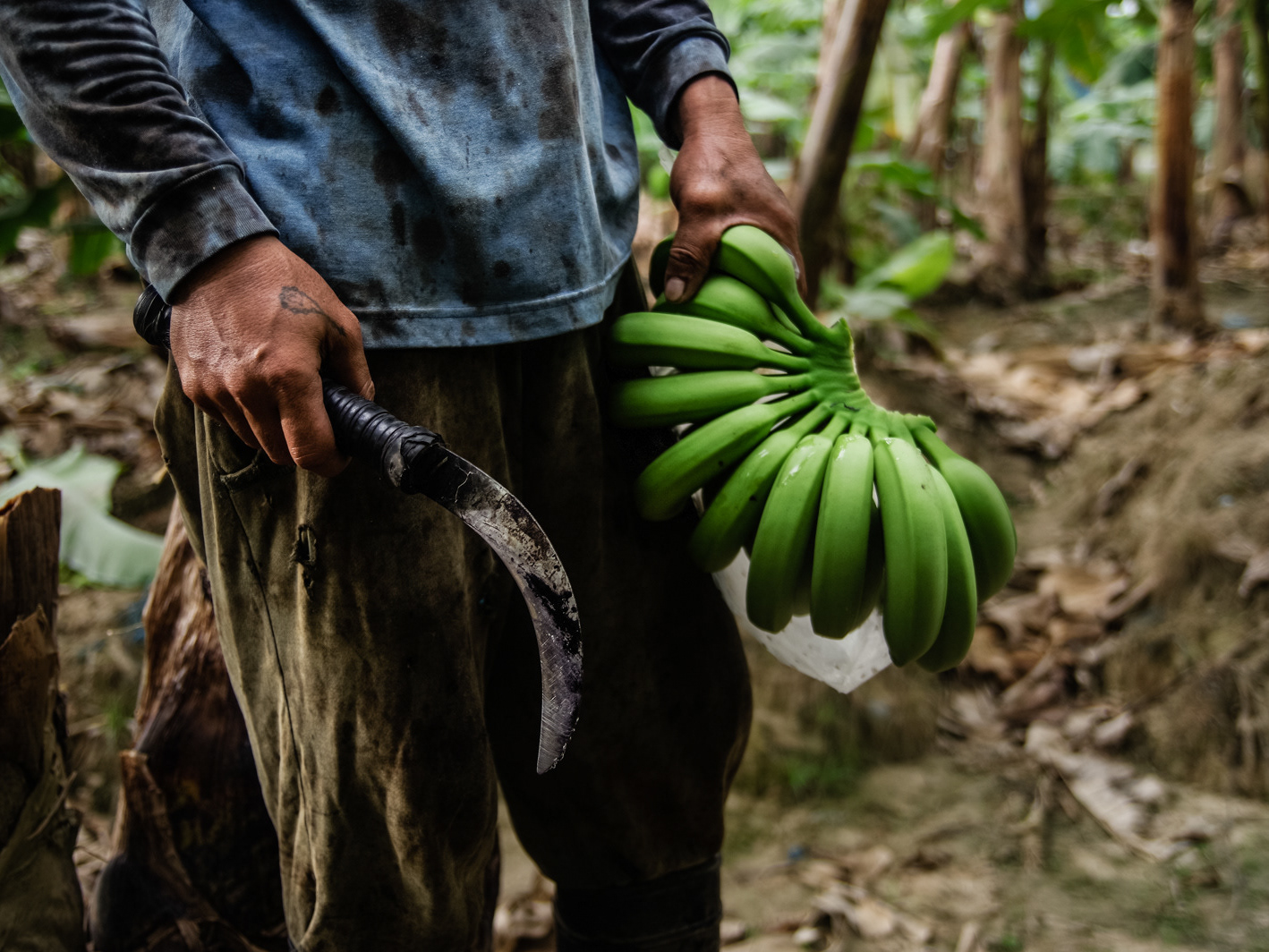by Larry Monserate Piojo
Holy Week or Semana Santa is one of the most significant religious events in the Philippines--the only Catholic nation in Asia. With Filipinos' strong faith, the country has some of the most unique rituals and traditions in observing the passion, suffering, death, and resurrection of the Christ wherein they take advantage of the Lenten season to do penance, to reflect, and to repent from sins. Some of the common traditions done during Holy Week include Visita Iglesia, Senakulo, self-flagellation, and even crucifixion.
Meanwhile, in the small town of San Leonardo in Nueva Ecija, there is one Holy Week tradition that perhaps is uncommon to most Filipinos: The Capirote.
On Good Friday in Saint John Marie Vianney Parish, a relatively new parish of only 8 years, penitents join the procession wearing long robes and conical headdresses with eyeholes as part of their observance of penance.
Upon seeing, one will probably be intimidated and associate them to the US anti-Catholic hate group Ku Klux Klan (KKK) or Klansmen who uses the same costume in their gatherings and is known for terrorism and violence against those that they oppose. But, the wearing of capirote is, in fact, a common Catholic tradition of brotherhoods in some areas in Spain and Portugal during Holy Week and has been a practice even before KKK.
Historically, the capirote is a symbol of public humiliation and worn by those punished by the church at the height of Spanish Inquisition. Later on, Catholic brotherhoods adopted the costume for their penitents to hide their identities during flagellation and have since become a symbol of Catholic penitent.
Saint John Marie Vianney Parish is known to be the first in the country to adopt this tradition.
Local Superior Rev. Father Sebastian A. Luistro said that people want to be unique but at the same time want to belong to a particular place, thus, such tradition is produced.
"In Nueva Ecija we have many strange traditions, for example in Aliaga they have what they call the "Taong Putik", this kind of tradition I think basically is a call for people to seek identity. They are disguising but at the same time they are trying to create an identity which is for themselves, to identify themselves, for example as San Leonardo, that is unique in that particular place, " he said.
"These things are right things, they are good in themselves, good in themselves because you don't want to be a show-off when you do penance, it's between you and God, you want to show sorrow for your sins, you don't want to put a public display. That is the basic principle of the capirote," Rev. Sebastian added.
According to the organizers who are all volunteers of the parish, they started this form of penance sometime three or four years ago when they discovered the history and significance of capirote in Catholic tradition that originated in Spain and thought of adapting it in their community during Holy Week with hopes of encouraging penitents to try other alternative to repent from their sins.
2019, Unedited and unpublished
